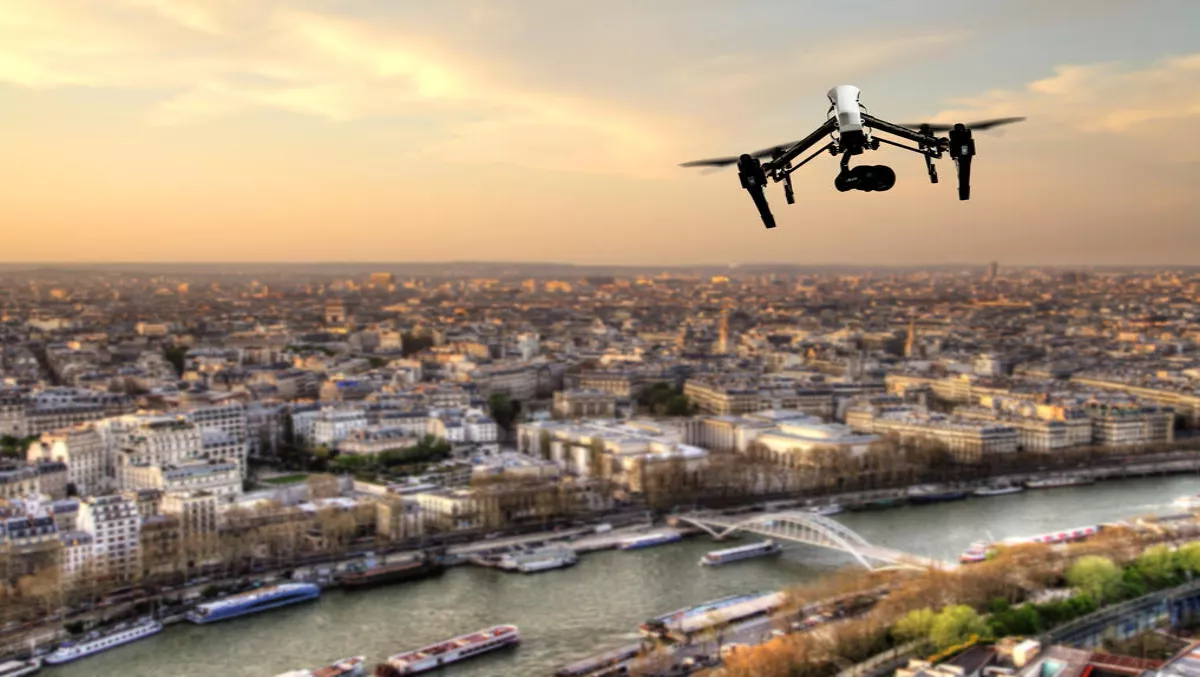
The democratisation of drone photography: Essentials & tips for amateurs
It's official, drone photography has gone mainstream.
Well, that's according to Lexar, a global memory manufacturer with a product portfolio that includes memory cards for photography and video, card readers, storage drives and USB flash drives.
In 2016, drone photography hobbyists purchased $2.2 million of personal and commercial drone units, and that number is expected to exceed $3 million in 2017 as the arsenal of aerial photography continues to expand.
Whether it's the traditional quadcopter, glider, or a personal selfie assistant, these flying photography platforms have democratised aerial photographs, claims Lexar.
Novices can shoot high-quality aerial shots like professionals and at an affordable price.
But, as the drone community becomes increasingly concerned with the demonstration of drones, amateur drone photographers must properly prepare before they take flight.
Wes Brewer, VP and GM, Lexar, explains, "drone photography, like still photography, takes preparation—if not more so. Capturing beautiful flybys and overhead shots require a new set of skills foreign to most professional photographers.
"Before you make a run for the nearest park to try your hand as a drone pilot, make sure you're prepared.
To prepare, Brewer lists a few key items to check off pre-flight, "bring more, not higher-capacity, microSD cards. Most novice drone operators believe bigger is better when it comes to onboard microSD memory cards.
"While larger cards can capture more footage at a higher quality, they are not necessarily the best choice for drone photography for a few reasons. With a higher-capacity card, there is the temptation to shoot the bulk of your day's work on a single card.
"That's a fine choice in the studio, but put the same card 400 feet in the air over water and, well, your chances of losing that drone are about as high as the drone itself.
Instead of larger cards, Brewer says drone photographers should consider having several lower-capacity cards with faster read speeds on hand and then swap them out with every flight once they're full.
Brewer says that with a combination of smaller capacity cards with faster read speeds as well as a handy card reader, amateur drone photographers will be surprised how fast they will be able to download videos and get the best out of each card.
"For example, a popular drone like the DJI Phantom 4 can shoot over 1000 4K quality stills without filling up a 32GB card. There's a cost vs. loss analysis that must be made—err on the side of caution: go smaller, not larger," continues Brewer.
Amateur drone photographers must also plan their flight route before they take to the sky, explains Brewer.
"It's an easily overlooked step, especially for first-time pilots, but it's important to plan your route before you fly. Many amateur pilots will be tempted to "figure it out from the air," but battery life is a real constraint and your time in the air will be limited.
Brewer concludes, "what landmarks will you pass? Where should the camera be focused and at what time? These are the questions you should ask on the ground, not in the air.

